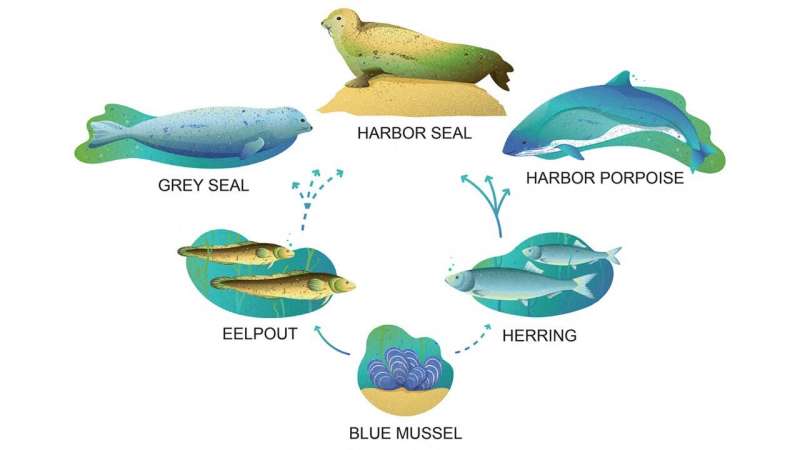A non-target screening method for hazardous substances in the marine environment

Many anthropogenic chemicals eventually end up in the environment. Some of these can harm wildlife and can affect us humans. A major challenge is to identify these substances before they cause too much damage to the ecosystem and public health.
How do you find dangerous chemicals in an ocean where there are hundreds of thousands of different chemical substances, in a mixture of natural substances and those created by man? Andriy Rebryk at the Department of Chemistry, Umeå University, has in his thesis developed a method for non-target screening for potentially harmful substances in the marine environment.
The substances that are expected to cause damage to wildlife are not only toxic to the organisms. Many are also persistent, accumulate in various tissues and biomagnify in the food chain. The fact that they biomagnify means that the concentrations of the substances are higher in animals that are on a higher trophic level. The worst affected will be top predators and humans.
To identify potentially hazardous substances quickly and efficiently, Andriy and his colleagues have focused on the substances' ability to accumulate in the fatty tissues and biomagnify in the food web. They have selected marine species with important roles in the Baltic Sea ecosystem, and with the help of mass spectrometry generated "fingerprints" of the thousands of substances present in these animals. By finding substances that were present in both prey and predators, and which were present in significantly higher concentrations in the predators, they were able to identify substances that risk affecting the predators and us humans.
Many of the substances identified were already known environmental toxins. But Andriy and his colleagues also found and identified dozens of substances that were not known before.
The method developed to find harmful substances in the environment can become important in the work towards a non-toxic marine environment as it can help to shed the light on what chemicals are out there and facilitate the investigation of their potentially harmful properties in a joint effort.
"Hopefully, our research can help ensure that more environmental toxins can be banned, or at least regulated, before they cause too much damage to the ecosystem and public health," Andriy says.
Andriy compares his work to a never-ending detective work.
"Although we have managed to identify many previously unknown environmental toxins, new ones are being added all the time. The hunt for the hazardous substances must continue, but hopefully our research has contributed to this hunt being conducted quickly and efficiently."
More information: Comprehensive non-target screening to find and identify new biomagnifying organic contaminants in Baltic Sea top consumers. umu.diva-portal.org/smash/reco … anguage=sv&pid=diva2%3A1692527&dswid=5347
Provided by Umea University




















